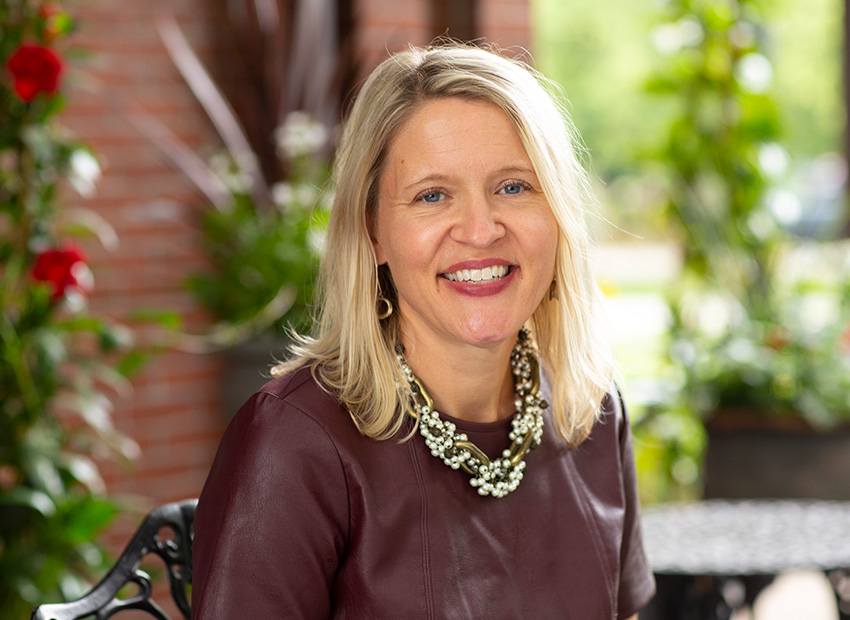From the Heart: A High School Senior’s Tips on How to Create Your Own Service Project
There is a lot of buzz among high school students about the importance of starting your own club or organization. It’s not uncommon for me to see “Founder of X Club” on a student’s activities list. As an admissions officer, I was sometimes skeptical of listings like this as it was often hard to tell how significant this activity actually was. Was the “computer club” the student founded made up of the student’s four best friends and consist of them playing Fortnite every day? Or, conversely, was this student going into local elementary schools and teaching code on a weekly basis to 15 students? Was the motivation to start the club to look good for a college or did it stem from a real interest they had in a subject matter or activity? What we have found at Bright Horizons 0043ollege Coach is that the more impressive projects often start with a small but authentic idea that grows as the student finds a way to incorporate more and more of what interests them into the project.
One such project was developed by Michelle Wasserman, a student from Great Neck, New York, who has been a dancer since age four. During the pandemic, she was inspired to create Dance for Joy, a 10-week program designed for elementary school students who live near her studio and whose families could not afford the regular program. Wasserman, along with another student, volunteered her time to teach these students ballet, hip-hop, and other dance styles.
Michelle, who will be a freshman at Indiana University’s Kelley School of Business in the fall, chatted with College Coach about her inspiration and lessons learned.
Can you tell us a little bit about how you originally dreamt up this idea?
Michelle: I was doing both school and dance classes on Zoom, and it was super un-motivating. I was thinking of how I could give back to my community while also having a good time. This project became a big time commitment, and I knew I would only be able to follow through if what I created was something I enjoyed.
What challenges did you face getting this off the ground?
Michelle: At first my dance studio rejected my idea. But I didn’t give up and was very persistent. I had to come up with a business proposal: how I was going to plan the class, recruit students to join, what playlist I was going to use, how I would get additional funding, and how I would get donated dance outfits.
What skills did you rely on while developing Dance for Joy?
Michelle: My experiences as the VP of DECA and my marketing classes were put to good use. I love using creative ideas to figure out how to reach your target market which, in this case, were the dancers’ parents. We needed to find the balance of not insulting people by asking if they could use a free class for their child, but also wanted to make sure we found people who actually needed the class. That turned out to be the hardest part, minus actually teaching the course. Ultimately, we reached out to churches, synagogues, and school counselors for a list of families that might be a good fit. Moms in the community were also a great source. We were targeting 3-5th graders since I wanted to be significantly older than the students I was teaching.
This is where a successful project comes from. It’s not, “Oh, I should start a club,” and it becomes disconnected from what you do. It will never be as successful if you’re just doing it for your college applications. It will also be better when it’s personal and meaningful to you. In this case, it involved your passion for dance, your abilities in marketing, and your personal interest in helping your community. A key lesson learned is not to take no for an answer. What did you do differently the second time around?
Michelle: The main issue the dance studio was concerned with was funding, and this time I had some possible solutions. First, I acquired donated attire from lots of prior students and used the current donation bin, as dancers grow out of things quickly. Next, I reached out to members of the dance studio who were super generous, and ultimately, Newsday wrote an article on what I was doing and that helped bring in even more donations. In the end, more than $6,000 was donated from private donors and the studio received a $2,000 grant from HEARTS PW (Helping Enrich the Arts of Port Washington).
Were there any unexpected lessons you learned from creating this opportunity?
Michelle: I am a highly organized person, but I often had to ditch daily lesson plans and go with the flow of my students. I had to learn to let go of the perfectionist side of me and let the children’s fun take over. [As Michelle told Newsday: “At the end of the day, my class is called Dance for Joy not Dance to be Perfect.”]
What happens when you leave, as you’re graduating soon?
Michelle: We found two dance students who we thought would be great to carry the torch and have walked them through how to carry the process forward. My goal is to keep it going as long as it can even though that wasn’t my original intent. I just wanted to do something in the moment.
Is there any advice you would give to other students thinking of creating something from scratch?
Michelle: The most important part is to be passionate about whatever it is because it will take a LOT of your time and you want to enjoy what you’re doing. Also, never give up. There were a lot of times when I heard “no” and I had to go back to the drawing board and think of a new approach.






